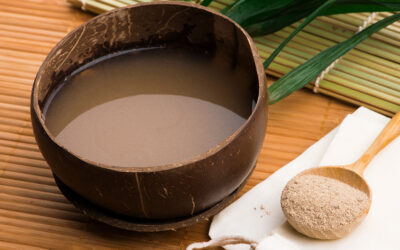Pain can be a persistent companion in life, disrupting daily routines and overall well-being. While conventional methods of pain relief have their merits, there’s a world of alternative options worth exploring. In this article, we’ll journey beyond the basics and delve into innovative approaches to pain relief, including CBD pain relief cream, CBD pain relief roll-on, natural pain relief, and more.
1. CBD Roll-On Creams: Precision and Ease
When it comes to topical pain relief, CBD Roll-On Creams offer precision and convenience. Unlike traditional creams, they come with a built-in roll-on applicator, making application mess-free and hassle-free. The CBD concentration in these creams can help soothe sore muscles and joints, while added features like metal massage beads provide an extra layer of relief.
2. Acupuncture: Ancient Wisdom Meets Modern Pain Management
Acupuncture, rooted in ancient Chinese practices, has found a place in modern pain management. By strategically stimulating specific points on the body using fine needles, acupuncture aims to alleviate various types of pain, from chronic conditions to acute injuries. It’s a holistic approach that seeks to restore balance within the body’s energy pathways.
3. Mindful Movement: Yoga and Pain Relief
Yoga offers more than just flexibility and balance; it’s also a potent tool for pain relief. Through gentle stretches, controlled breathing, and meditation, yoga can reduce muscle tension, improve posture, and increase overall body awareness. It’s particularly beneficial for chronic pain conditions such as lower back pain and arthritis.
4. Aromatherapy: The Scent of Relief
Aromatherapy taps into the therapeutic properties of essential oils to alleviate pain and induce relaxation. Oils like lavender, eucalyptus, and peppermint possess natural analgesic properties and can be used in massages, baths, or diffusers to ease discomfort and reduce stress.
5. Meditation and Pain Perception
The mind’s influence on pain perception is profound. Meditation, with its focus on mindfulness and relaxation, can alter our relationship with pain. By reducing stress and promoting mental clarity, meditation may help individuals better manage pain, especially in chronic conditions.
6. Herbal Remedies: Nature’s Pain Relievers
Herbal remedies have a long history of use in pain relief. Plants like turmeric, ginger, and willow bark contain compounds with anti-inflammatory and analgesic properties. These natural remedies can be incorporated into your diet or taken as supplements, offering an additional layer of natural pain relief.
In Conclusion
Pain relief is a personal journey that can be customized to your specific needs and preferences. While traditional methods have their place, exploring natural alternatives like CBD pain relief cream, CBD pain relief roll-on, and various holistic practices can provide effective relief with minimal side effects. It’s a testament to the power of holistic wellness and the potential to find the relief that best suits you.
Remember to consult with a healthcare professional before adopting a new pain relief regimen, especially if you have underlying medical conditions. Your journey to pain relief can be as unique as you are, and these innovative approaches may hold the key to a more comfortable and fulfilling life.




